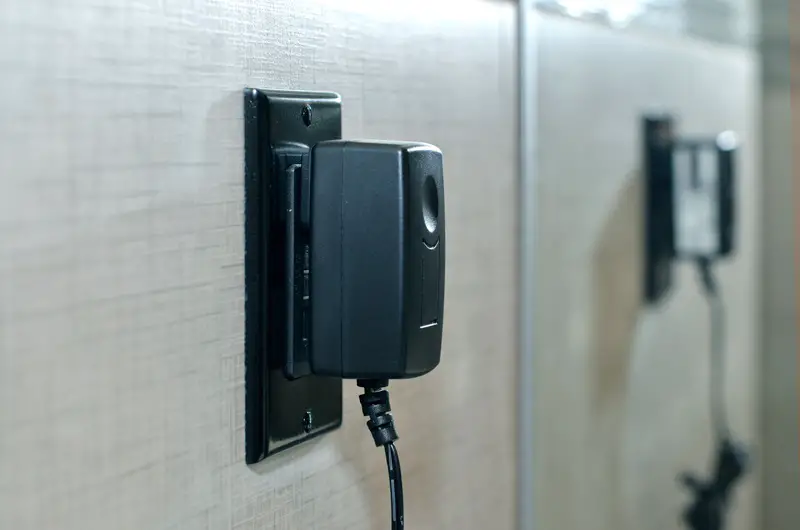 Nearly everything in our lives is connected to the internet or other devices — or both. The Internet of Things (IoT) is now a part of everyday life, and changing just about everything, including how the devices and objects themselves are being designed.
Nearly everything in our lives is connected to the internet or other devices — or both. The Internet of Things (IoT) is now a part of everyday life, and changing just about everything, including how the devices and objects themselves are being designed.
While there are a number of issues to consider when designing IoT devices, especially wearables that need to be small and lightweight, one of the most pressing issues in the design and engineering of these devices is power. More specifically, it’s becoming increasingly important to design devices that provide exceptional processing abilities while still using low power. The simple fact is that all of the features that make IoT devices so appealing — improved connectivity, speed, sensors, data processing, and powerful interfaces — are also the very features that use power, and consistently need more power to operate.
The Problem with Power
On the surface, the problem of power in IoT devices seems like a simple one to solve: Simply use a more powerful processor. But with the more powerful processor also comes more silicon area (as in the actual size of the processor), more heat, and more power consumption. The processors that an engineer might select for a deeply embedded application, then, are generally not appropriate for an IoT device, especially a wearable one. Not to mention, those particular processors are generally not optimized for the types of tasks required by IoT devices, and often require a bigger battery or package for the item. This often means more expensive or cumbersome devices, especially when it comes to dealing with battery life, or more specifically, ensuring that batteries last as long as possible.
Solving the Power Problem
Because power efficiency is such a concern with the IoT, there is a great deal of technology development in the works. Some of the ideas in play include:
Power Save Modes: IoT devices generally do not need to be “on” all the time, and do not need to be continually sending and receiving data like a smartphone. Engineers are working with technology that allows networks to be aware of devices in low-power modes and keep them on the network, so they still work as intended when necessary but use very limited power when in “sleep” mode. This technology, often in the form of efficient LCD microcontrollers, is already used in computers and other devices; it’s just a matter of extending the technology to the IoT, which could potentially extend battery life up to 10 years.
Using Older Technology: Prevailing wisdom has always been that new devices should have the latest technology. However, many newer technologies actually use a great deal of power, whereas older microcontrollers actually use less power while still allowing for the same processing capacity.
Energy Scavenging: Some devices are being developed without the need for a battery at all, and instead “scavenge” their power from the node’s environment. While this arrangement does increase the importance of the device being low power (since the nodes cannot usually scavenge enough power to operate a more demanding application), it also eliminates the need to use space in the device for a battery, or for users to have to deal with changing a tiny battery which may be nearly impossible to access.
Instead, engineers use any number of scavenging technologies to collect energy from light, heat, or motion and convert it into a small amount of power. Energy scavenging may not eliminate the need for a battery altogether, but it can help charge a battery or operate a low-power device for a long period of time.
The need for low-power devices is not something new to the IoT. Designers and engineers have been challenged to create low-power microcontrollers for decades as a means to reduce costs. However, the fact that the IoT has “suddenly” become so ubiquitous and there is so much volume has brought the issue of low power back to the forefront.
As devices become more multi-functional, and in many cases, wearable, consumers want them to be a reasonable size while still operating reliably and without the need to constantly change batteries or charge them. As the micro-processing technology becomes more advanced, and the expectation for ultra-low power operation becomes even more widespread, expect the conversation about low power to become even more important.
[Image via Google Images]
